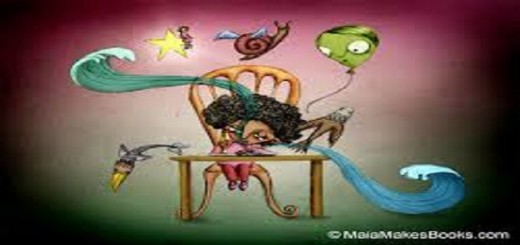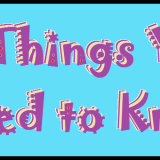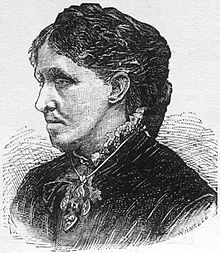The Novel Approach – It All Means Something
As some of you may have gathered from my last post, I’ve been struggling with some writer’s block. I’ve been employing different tactics to get back into the writing groove. Recently I’ve been trying to get fancy with my project and play with the extended metaphor. I found as I struggle with plot more in these last few days than I have in the last few weeks that to properly execute the extended metaphor, it takes some real effort.
For those of you who don’t know, an extended metaphor is obviously a metaphor but it carries through several sentences or in some cases an entire work. Being a novelist, I’ve been playing around with the latter.
As a friend of mine pointed out to me today after I explained it with great hand gestures and tangents that didn’t need to be explored to reach my goal, I had several holes in my metaphor. The problem with the extended metaphor is that if one thing means something else than almost everything else related to it must also be part of the metaphor.
In my novel, the characters are exactly what they seem, but their settings stand for lust and hatred. I didn’t realize until today that if I make this metaphor then the home they leave in the beginning of the book must also mean something. The literal and figurative meanings of all the setting have to make sense in context too. I still haven’t figured out how to plug that hole yet.
What makes the challenge even harder is the struggle to find the balance between making it apparent to the reader that a metaphor exists while not revealing too much information. Since that requires a finesse only practice can achieve, I think I’ll have to go study some great examples of metaphors. “The Scarlet Ibis” by James Hurst is the first thing to come to mind. The Old Man and The Sea by Hemingway and East of Eden jump out if I want to get in touch with my religious side. What extended metaphors do you know about?











